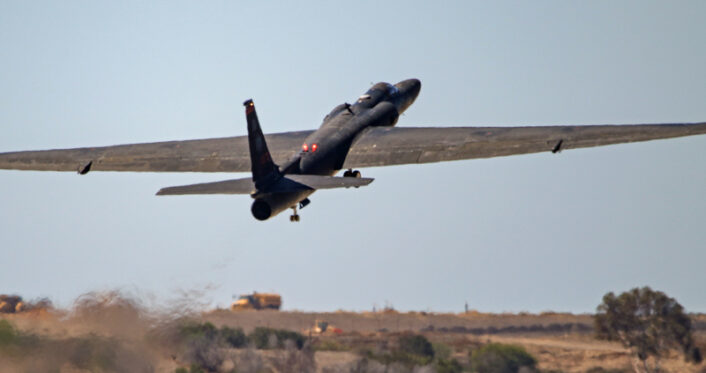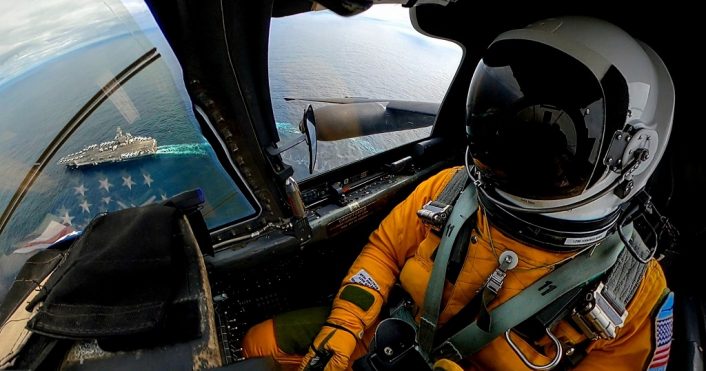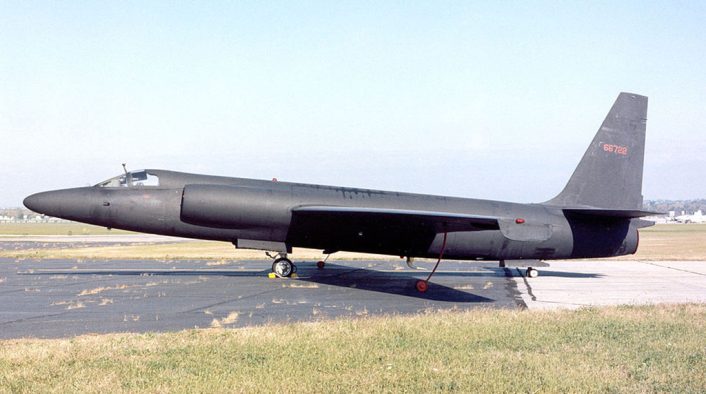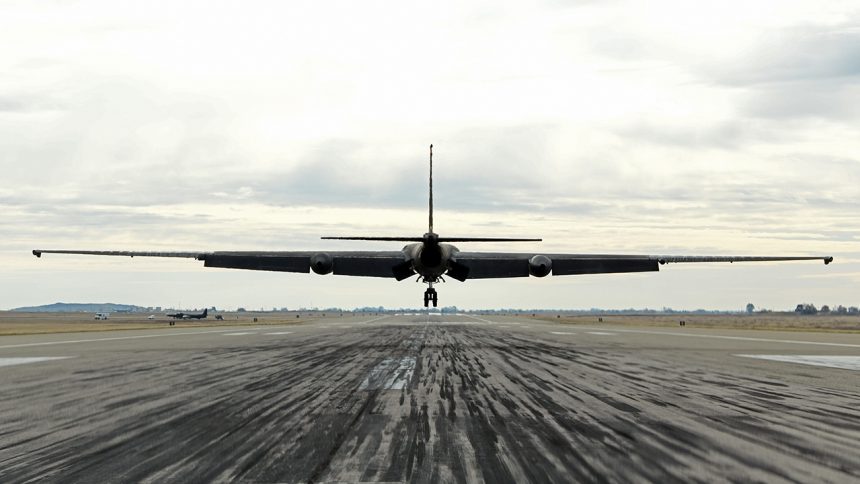Dragon Lady Tail 80-1085 completed her final flight recently as the fleet prepares for retirement.
The U.S. Air Force is moving forward with its plan to retire the iconic U-2 Dragon Lady intelligence gathering aircraft.
Despite the recent Elephant Walk, when eight U-2s of the 99th Reconnaissance Squadron (including two twin-seat TU-2s) lined up on Beale’s runway, each accompanied by a chase car, together with nine T-38s of the 1st Reconnaissance Squadron and two KC-135s of the 940th Air Refueling Wing, unless the decision is reverted, the service has in fact plans to start in 2025 the retirement of the type and expects to complete it by 2026.
By the time it is phased out, the U-2 will have achieved 70 years of operational service, pretty impressive.
Interestingly, while no divestments were expected in 2024, a single seater U-2S, tail number 80-1085, completed her final flight from Beale Air Force Base recently. The aircraft carried out its last mission on Apr. 5 and was retired after 38 years of service.
The current fleet
Official documents list a total of 27 U-2 aircraft still in service with USAF at the beginning of 2024; while not confirmed (as some believe that may be the number of the single seaters only), the fleet should include 24 single seater U-2S and and three TU-2S trainers: one TU-2S two-seater, Dragon Lady 1078, has recently returned to service after 1,030 days: the aircraft had been involved in a flightline accident that left her wing damaged and unable to be moved on Apr. 21, 2021.
“Its restoration returns a valuable asset back to the 1st RS allowing access to three two-seat trainers. This provides better aircraft availability to the newest class of U-2 pilots, especially after the retirement of TU-2S 1065 in 2023 and the tragic loss of aircraft 1068 in 2016, Originally, only five TU-2’s were ever built.” Lt. Col. Joshua, 1st Reconnaissance Squadron student flight commander said.

NASA also operate two ER-2 but their future has not been clarified yet and they may continue to operate for some years.
U-2s are home based at the 9th Reconnaissance Wing, Beale Air Force Base, California, but are rotated to operational detachments worldwide, including RAF Fairford, UK; RAF Akrotiri, Cyprus; Osan Air Base South Korea.

History
Flying for the first time in 1955, a mere 104 airframes of the U-2 aircraft were manufactured. The aircraft was secretly developed and flown out of Area 51 and nearly 70 years later, after a long series of upgrades and some pretty interesting and futuristic tests supported, the remaining aircraft predominantly fulfil their initial intelligence gathering mission. It’s worth noting that Taiwan briefly utilized a small number of these planes, but the primary users have consistently been the U.S. Air Force and NASA. Additionally, the Central Intelligence Agency had a hand in employing the U-2 for spying purposes.

While every aspect of the U-2, including its mission, operation, and capabilities, is noteworthy, undoubtedly the most notable episode in its history is the Francis Gary Powers incident.
On May 1, 1960, the CIA launched Operation Grand Slam, which involved sending a U-2 spy plane piloted by Captain Francis Gary Powers on a mission over the Soviet Union. Powers’ objective was to capture aerial photographs of Soviet ICBM installations and a plutonium manufacturing facility. Aware of the U-2’s approach, the Soviets mobilized their air defense units. Despite multiple attempts by Soviet fighter aircraft to intercept the U-2, its high altitude rendered them ineffective.
Eventually, a barrage of three SA-2 Guideline surface-to-air missiles successfully downed Powers’ U-2. Tragically, this missile salvo also accidentally destroyed a Soviet MiG-19 fighter jet pursuing Powers’ aircraft. While Powers managed to eject and survive the incident, the Soviet pilot, Senior Lieutenant Sergei Ivanovich Safronov, lost his life in the unintended fratricide.
If people hadn’t known about the most secret spy plane in the U.S. arsenal before the Gary Powers incident, that soon changed when the Soviets paraded the captured Capt. Powers in front of newsreel cameras and displayed the wreckage of his U-2 spy plane. Overnight the U-2 went from national security secret to the most famous airplane in the world at the time.

What’s next
Initially expected to be replaced by the RQ-4 Global Hawk, which is also being retired by 2027, the U-2 is apparently now being replaced by the highly classified RQ-180, which has never been officially acknowledged despite being most probably spotted multiple times. Many consider the RQ-180 to be already operational because of the reduction in the number of RQ-4s, with the newer, more capable RQ-180 possibly taking over missions previously assigned to RQ-4s.









